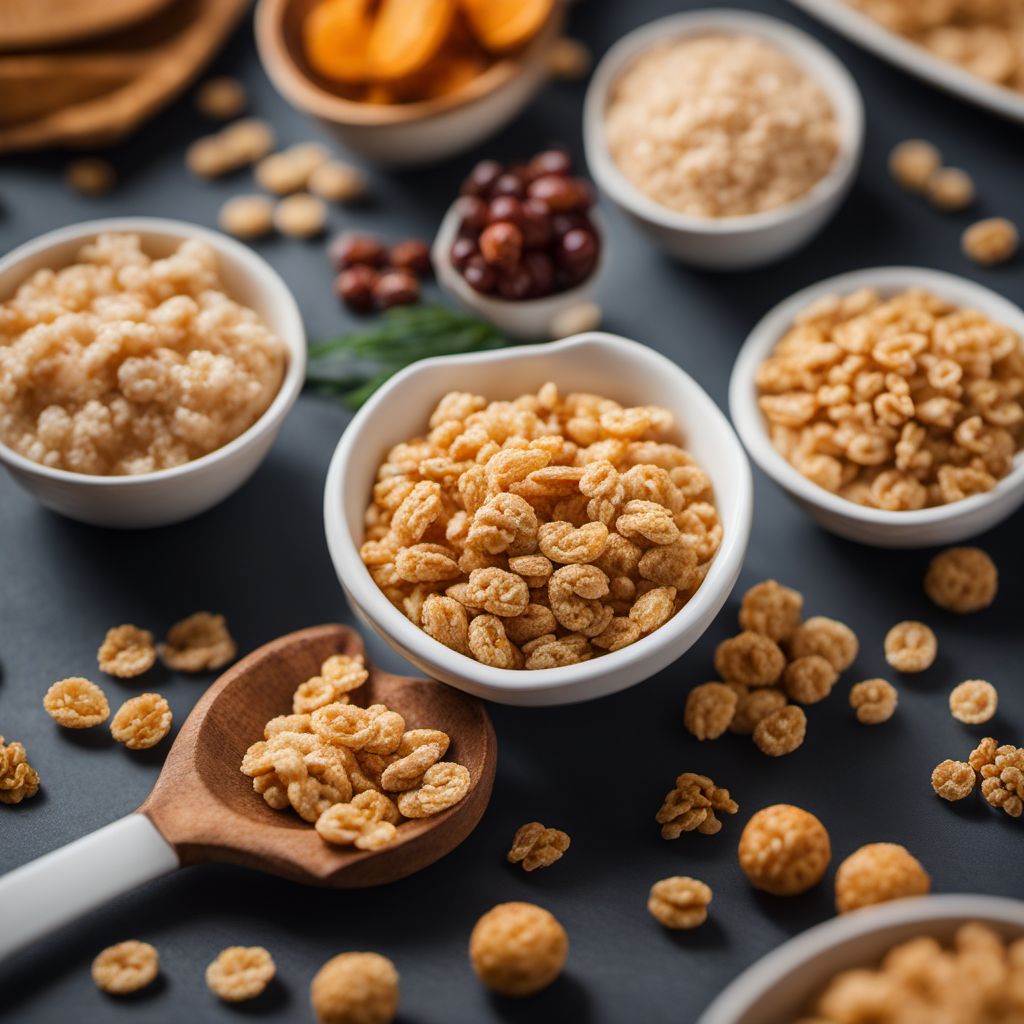
Ingredient
Other cereals
Exploring the World of Lesser-Known Grains
Other cereals encompass a wide variety of grains that are not as commonly used as wheat, rice, or corn. These grains include but are not limited to amaranth, millet, quinoa, teff, and sorghum. Each grain has its own unique characteristics, but they generally offer nutty, earthy, or slightly sweet flavors. They can have a chewy or crunchy texture, and their appearance ranges from small round seeds to tiny grains resembling couscous.
Origins and history
Many other cereals have been cultivated for centuries in different parts of the world. Amaranth, for example, was a staple crop of the Aztecs in Mesoamerica, while millet has been grown in Africa and Asia for thousands of years. Quinoa originated in the Andean region of South America and was considered a sacred crop by the Incas. Teff is native to Ethiopia and has been a dietary staple in the region for centuries. Sorghum has a long history in Africa and is now widely cultivated in various countries around the world.
Nutritional information
Other cereals are highly nutritious, often rich in protein, fiber, and essential minerals. They are also gluten-free, making them suitable for individuals with gluten sensitivities or celiac disease.
Allergens
Other cereals are generally allergen-free, but cross-contamination with gluten-containing grains may occur during processing. Individuals with gluten allergies or sensitivities should ensure they are purchasing certified gluten-free varieties.
How to select
When selecting other cereals, look for packages that are intact and free from moisture or signs of pests. Check the expiration date to ensure freshness. If buying in bulk, make sure the grains are stored in airtight containers and inspect for any signs of spoilage.
Storage recommendations
To maintain the freshness and quality of other cereals, store them in a cool, dry place in airtight containers. This helps prevent moisture absorption and keeps pests at bay. Properly stored, these grains can last for several months to a year.
How to produce
Other cereals can be grown by amateur gardeners in suitable climates. Research the specific requirements of each grain, such as soil type, sunlight, and watering needs, and follow the recommended planting and harvesting instructions.
Preparation tips
Other cereals can be cooked similarly to rice or quinoa. Rinse the grains thoroughly before cooking to remove any debris or bitterness. Use a ratio of 1 part grain to 2 parts water or broth, and simmer until tender. Toasting the grains before cooking can enhance their nutty flavors. Other cereals can be used in a variety of dishes, including salads, pilafs, porridges, and even baked goods.
Culinary uses
Other cereals are versatile and can be used in a variety of dishes. Amaranth can be popped like popcorn, cooked into porridge, or used as a gluten-free flour. Millet is often used in pilafs, porridges, or as a substitute for rice. Quinoa is a popular grain for salads, side dishes, and as a protein-rich alternative to rice. Teff is traditionally used to make injera, a sourdough flatbread in Ethiopian cuisine. Sorghum can be used in soups, stews, or ground into flour for baking.
Availability
Other cereals are commonly available in health food stores, specialty grocery stores, and online retailers. They are also cultivated in various regions around the world, including North and South America, Africa, and Asia.
More ingredients from this category
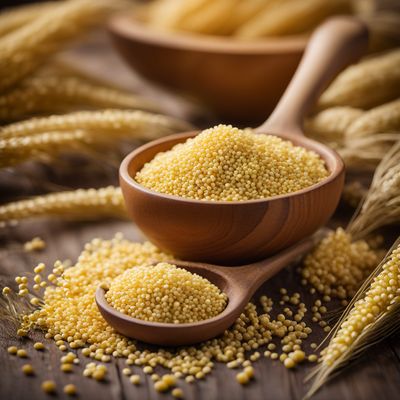
Common millet and similar-
The Mighty Millet: A Versatile and Nutritious Grain

Rye and similar-
The Wholesome Grain: Exploring the Versatility of Rye and Similar Ingredients
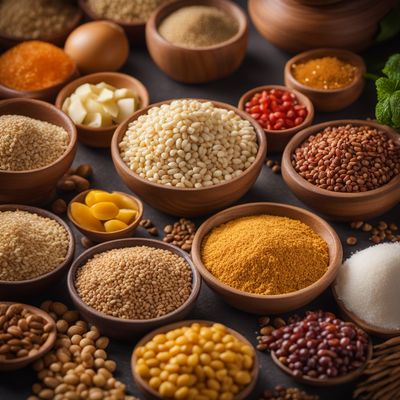
Mixture of grains
The Wholesome Symphony: Exploring the World of Mixed Grains
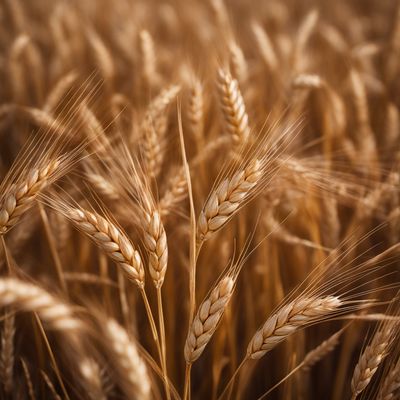
Wheat and similar-
The Tangy Jewel of Nature

Rice and similar-
The Versatile Grain: Exploring the World of Rice
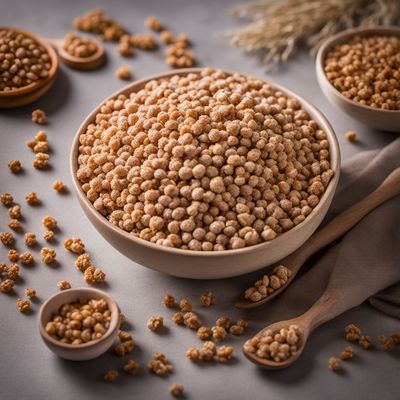
Buckwheat and other pseudo-cereals and similar-
Nutritious Grains: Unveiling the World of Buckwheat and Pseudo-Cereals
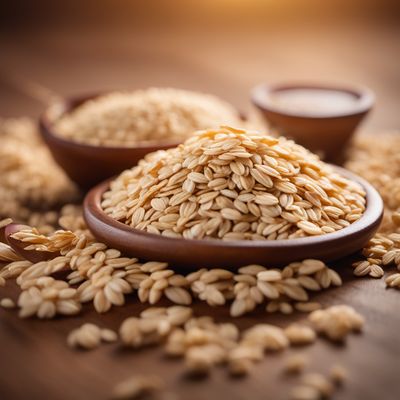
Oat and similar-
The Versatile Grain: Oats and Their Kin
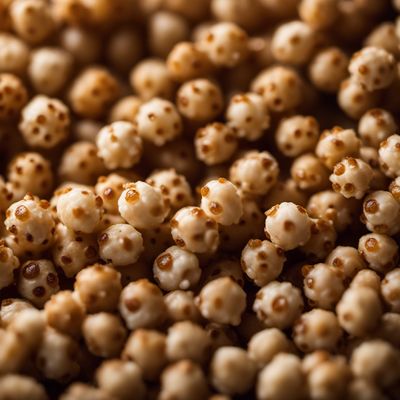
Sorghum and similar-
The Ancient Grain: Sorghum and Similar

Maize and similar-
Golden Grains

Barley and similar-
The Versatile Grain: Barley and its Varieties